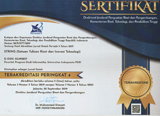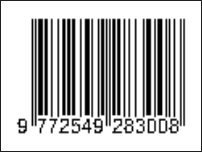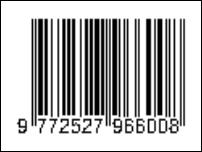Klasifikasi Down Syndrome Menggunakan Tekstur LBP dengan Tiga Variasi Distance Classifiers
(1) Universitas Jember
(2) Universitas Jember
(3) Universitas Jember
(*) Corresponding Author
Abstract
Down syndrome is the most easily identified and most common genetic disorder. Down syndrome variation of trisomy 21 has characteristics that are common to people with Down syndrome. But, children with this Down syndrome variation have slight differences in the mouth and appearance because they tend to have similar oral features with their parents and siblings so that distinguishing them is quite complex. Therefore, it is important to know in more details the special characteristics of children with Down syndrome. This study aims to create an innovative image processing-based system so that it is more practical to classify people with down syndrome and normal people. The method that can be used is the Local Binary Pattern (LBP) method. This study used 2400 mouth frames of children with Down syndrome and normal children for data training. Then, it also uses 3600 mouth frames for children with Down syndrome and normal children for testing data. The results obtained are the threshold value which gives a good classification of 0.1-0.2 for the three variations of the distance calculation method. The Euclidean and Chebychev methods have an accuracy quality of 100% while the City block method at the threshold of 0.1-0.2 has an accuracy of 91.6. So, it can be said that the most accurate method in this research is the Chebychev, Euclidean, then City Block method.
Keywords
Full Text:
PDFReferences
Zhao, Q., Rosenbaum, K., Sze, R., Zand, D., Summar, M., & Linguraru, M. G. 2013. Down Syndrome Detection From Facial Photographs Using Machine Learning Techniques. Medical Imaging 2013: Computer-Aided Diagnosis, 8670(February), 867003. https://doi.org/10.1117/12.2007267. [Diakses pada 12 Desember 2021].
Irwanto, H. Wicaksono, A. Ariefa, & S. Mariana. 2019. A-Z Sindrom Down. https://repository.unair.ac.id/89288/1/A-ZSindrom Down_compressed.pdf.[Diakses pada 14 Desember 2021].
Astuti, D. 2019. Klasifikasi Ekspresi Wajah Menggunakan Metode Principal Component Analysis (PCA) Dan Convolutional Neural Network (CNN).Skripsi.Palembang:Universitas Sriwijaya.
Putri, A. R. 2016. Pengolahan Citra Dengan Menggunakan Web Cam Pada Kendaraan Bergerak Di Jalan Raya. JIPI (Jurnal Ilmiah Penelitian Dan Pembelajaran Informatika), 1(01), 1–6. https://doi.org/10.29100/jipi.v1i01.18. [Diakses pada 12 Desember 2021].
Ojala, T., Pietikäinen, M., & Harwood, D. 1996. A Comparative Study Of Texture Measures With Classification Based On Feature Distributions. Pattern Recognition, 29(1), 51–59. https://doi.org/10.1016/0031-3203(95)00067-4. [Diakses pada 12 Desember 2021].
Muslihah, I., & Imaduddin, H. 2020. Perbandingan Algoritma Eigenface Dengan Local Binary Pattern (Lbp) Pada Pengenalan Wajah. Proceeding Seminar Nasional & Call For Papers, November 2020, 1–8.
Ismail, Y., Ika Purwanti, N. P., Sutardi, & LM, B. A. 2019. Pengenalan Wajah Berbasis Perhitungan Jarak Fitur LBP Menggunakan Euclidean, Manhattan, Chi Square Distance. Semnastik, 386–393.
DOI: http://dx.doi.org/10.30998/string.v7i1.13532
Refbacks
- There are currently no refbacks.
Copyright (c) 2022 Yustisi Wulandari

This work is licensed under a Creative Commons Attribution 4.0 International License.
STRING (Satuan Tulisan Riset dan Inovasi Teknologi) indexed by:

Ciptaan disebarluaskan di bawah Lisensi Creative Commons Atribusi 4.0 Internasional.
View My Stats


 Sertifikat Akreditasi
Sertifikat Akreditasi
















